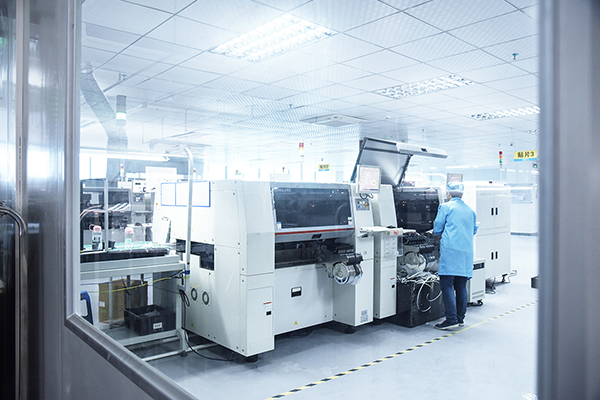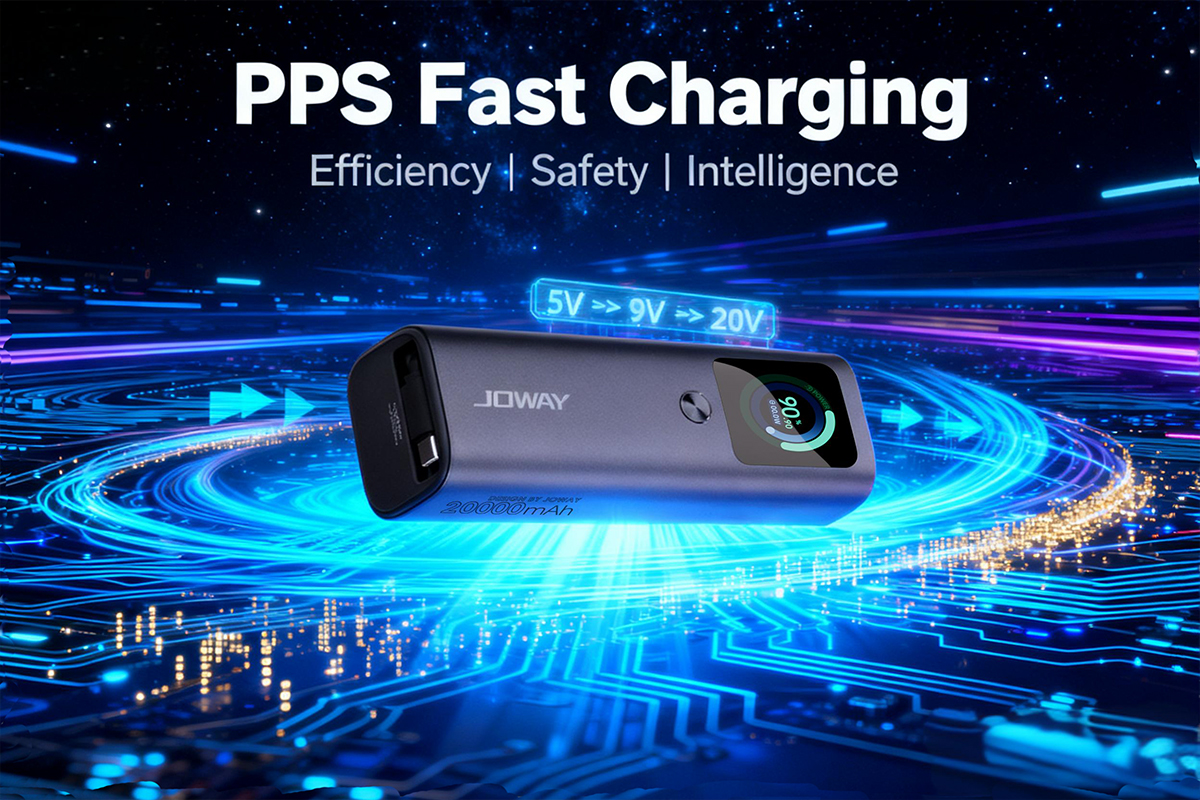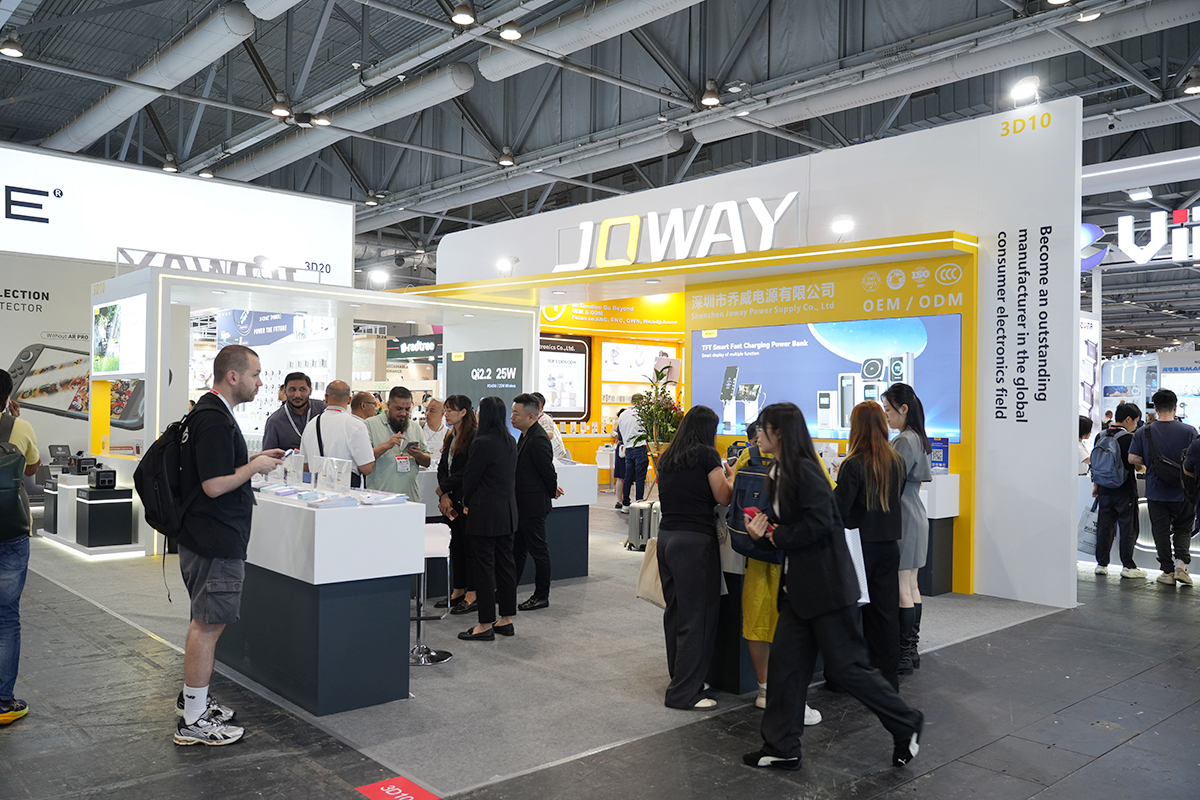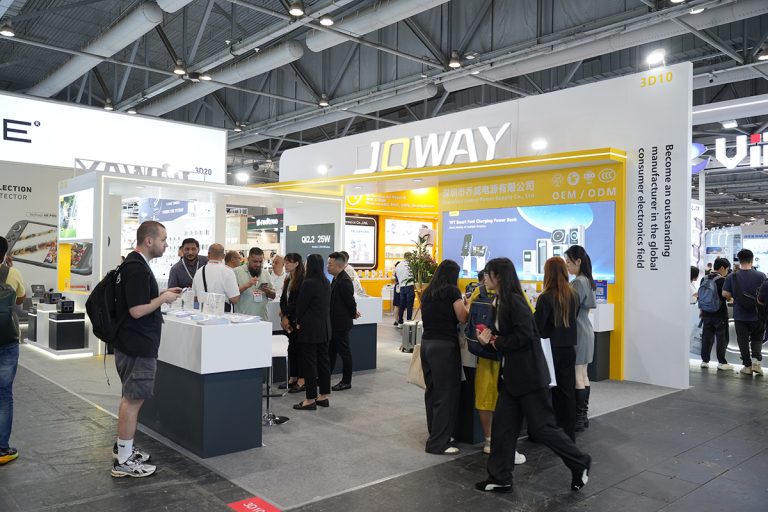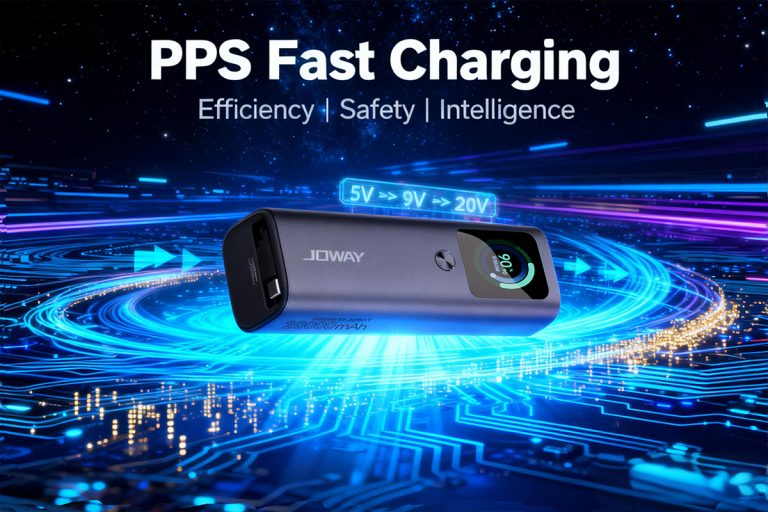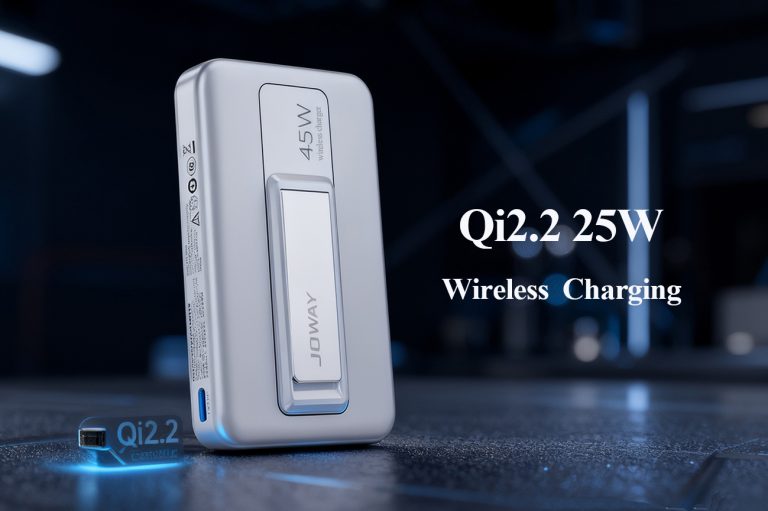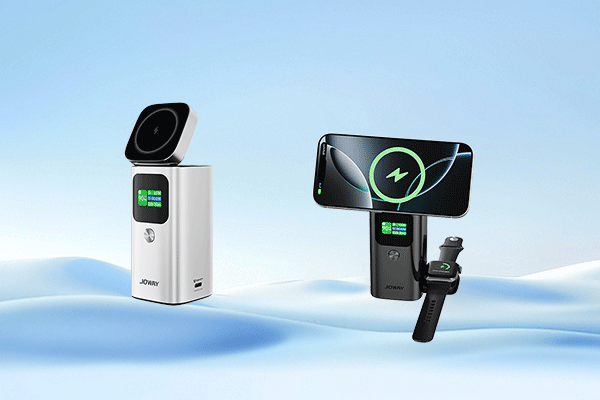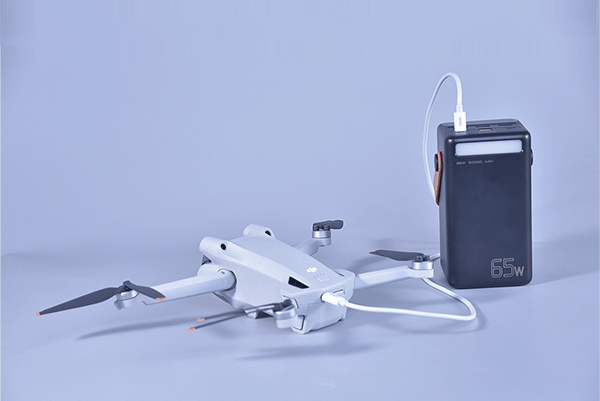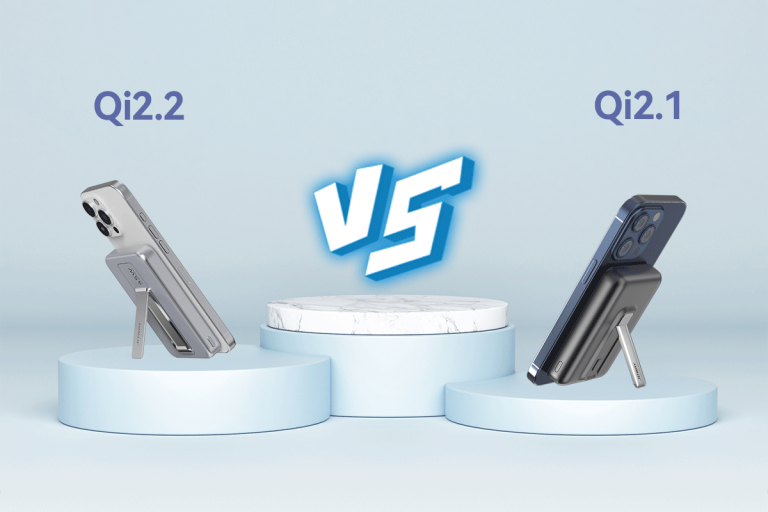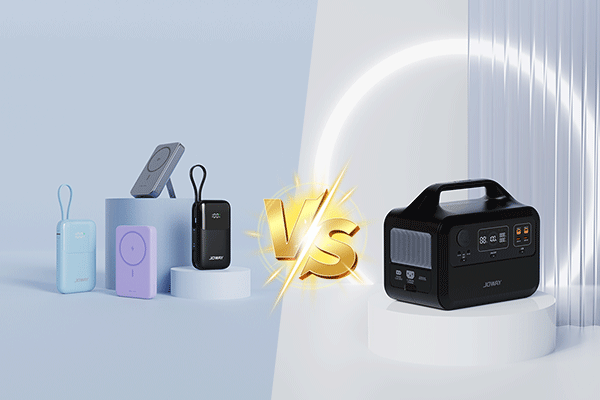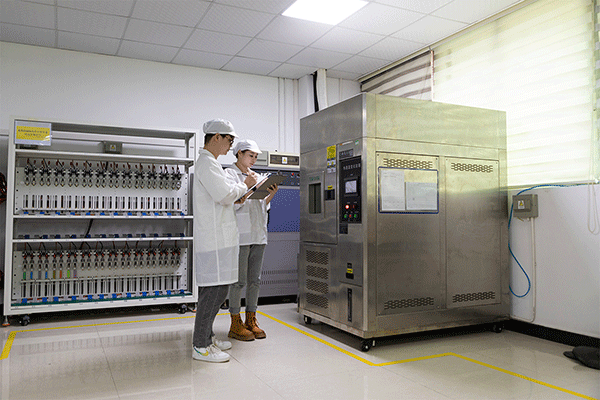When many brands are looking for mobile power OEM factories, the terms OEM and ODM appear frequently. However, many people may not be particularly clear about the difference between the two. Today we will discuss the differences between OEM and ODM so that we can make better decisions when choosing a Power bank OEM factory.

Power bank OEM production typically involves two modes: OEM and ODM. In the OEM(Original Equipment Manufacturing), the brand provides the design and the factory is only responsible for production. In the ODM (Original Design Manufacturing) mode, the factory is responsible for product design and production, while the brand may only need to handle branding and sales.
Here are the core differences between the OEM and ODM
| Category | OEM(Original Equipment Manufacturing) | ODM (Original Design Manufacturing) |
| Definition | Brand provides a complete design solution, and the manufacturer is only responsible for production | Manufacturer provides a mature design solution, and the brand modify and brand it |
| Design-led | Brand own 100% design intellectual property rights | Manufacturer owns the basic design, and the brand can make limited modifications (such as logo/color ) |
| R&D costs | Brand is responsible for all R&D costs | Manufacturer has already covered the R&D costs, and the brand only needs to pay a licensing fee for the design solution |
| Product Differences | Fully customized and independent | Public mold adjustment, which is prone to homogenization |
| Cooperation threshold | Requires technical team support, high minimum order quantity (≥5k) | No technical threshold, small batches (as low as 500 pieces ) are possible |
| Typical Cases | Apple commissions Foxconn to produce iPhone | Amazon white-label products use the manufacturer’s existing solutions |
| Quality Control | Brand must be fully involved in quality control throughout the process | Rely on the manufacturer’s existing quality control system |
How to choose between the two options?
When looking for a power bank OEM factory, the first thing to do is to clarify your need.
If you choose OEM, you need to consider the company’s product innovation capabilities and R&D strength, as well as whether the product can be sold on a large scale after it is launched. Generally, the minimum order quantity of OEM is high, the product development cycle is long, and it needs to be responsible for R&D costs and mold opening costs, so the cost is relatively high. When choosing a factory, you should focus on its production strength and qualification certification. For start-up brands, it is not recommended to choose OEM; for mature brands, if you pursue unique and innovative products and are confident in market sales, OEM is a good choice.
If you choose OEM, new products can be launched quickly, the minimum order quantity is low, and the mature solution only needs to be slightly adjusted, so the cost is relatively low. At this time, you need to consider whether the factory has sufficient R&D and innovation capabilities, and whether its products are in line with the positioning of its own brand product line. This method is more cost-effective for most brands, especially for start-up brands!
In summary
With independent R&D capabilities + Pursue uniqueness → Choose OEM
Example : A technology company develops a power bank with APP control function
Fast time to market + Cost control → Choose ODM
Example : Cross-border e-commerce sellers directly use the factory’s best-selling items and change the logo or color, etc.
We are a power bank source factory with more than 20 years of experience in the consumer electronics field. We have a professional R&D team, product innovation capabilities, and can quickly respond to market demand and iterate products. We support OEM/ODM/gift customization. Welcome to consult!

